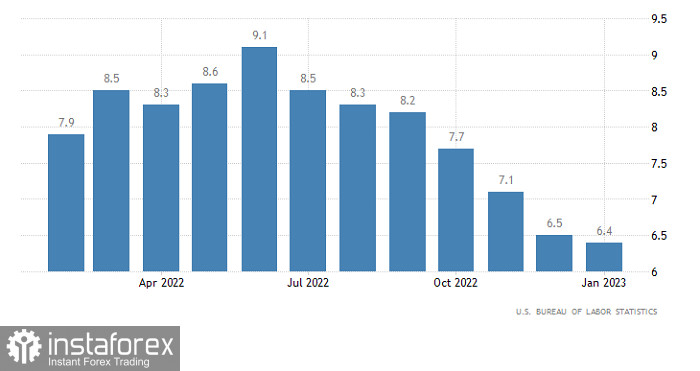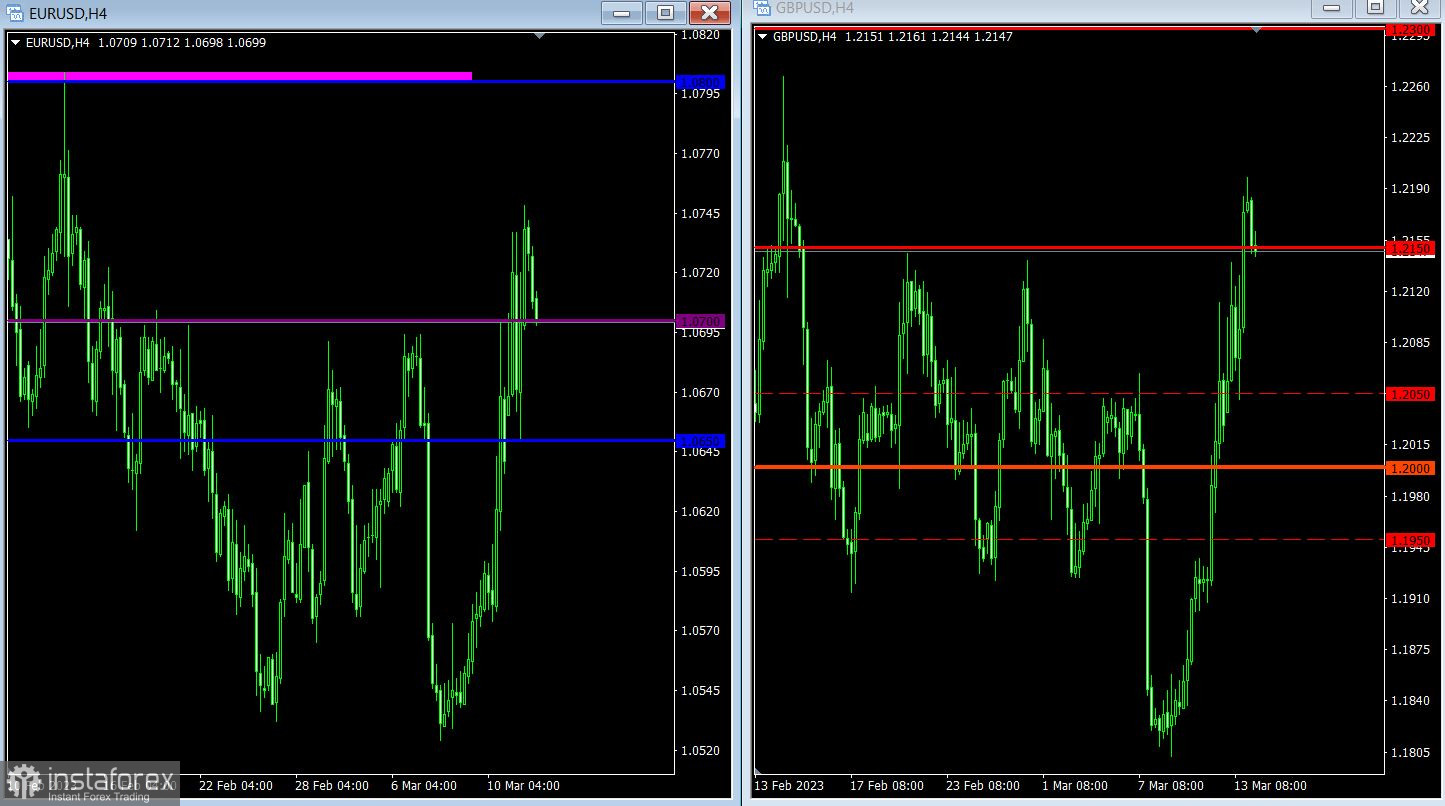Instead of reassuring them, US President Joe Biden has frightened markets even more as he silently left the room after his speech on Monday, not answering any questions from reporters. This worried investors as back on Sunday, Treasury Secretary Janet Yellen said there were no plans to bail out struggling banks at public expense and that the Federal Reserve will be the one to provide the banking system with necessary liquidity.
But if it is not going to be financed by the government, then how will the money get into the banking system? Will it be done by just handing it out to the financial institutions in need? On what principle and how will they be returned? What about the refinancing rate, considering that inflation is still incredibly high? Also, the world is gradually abandoning dollar as recent sanctions have forced the largest energy supplier to switch to other currencies, which led to a reduction in the share of dollar in international trade and reduced demand for the US currency. In such a situation, the issuing of money will have a greater impact on inflation, which the Federal Reserve is trying to curb.
That is why it is not surprising that dollar continued to lose ground, albeit not as fast as it did on Friday. Fortunately, the Fed could have more room to maneuver if the upcoming data on US inflation shows a slowdown from 6.4% to 6.1%. But if the report is disappointing, demand for dollar will fall even further.
Inflation (United States):

At the time of writing, EUR/USD is above 1.0700 which, from a technical analysis perspective, could signal a change in trading interest. If the price holds above 1.0800, the upward trend will continue. If not, there may be a pullback.

The situation with GBP/USD is similar. The upward cycle has led to the breakdown of the resistance level at 1.2150, indicating a possible rebound in the pair. But if the price returns below 1.2100, the pair could fall flat.
 English
English 
 Русский
Русский Bahasa Indonesia
Bahasa Indonesia Bahasa Malay
Bahasa Malay ไทย
ไทย Español
Español Deutsch
Deutsch Български
Български Français
Français Tiếng Việt
Tiếng Việt 中文
中文 বাংলা
বাংলা हिन्दी
हिन्दी Čeština
Čeština Українська
Українська Română
Română

